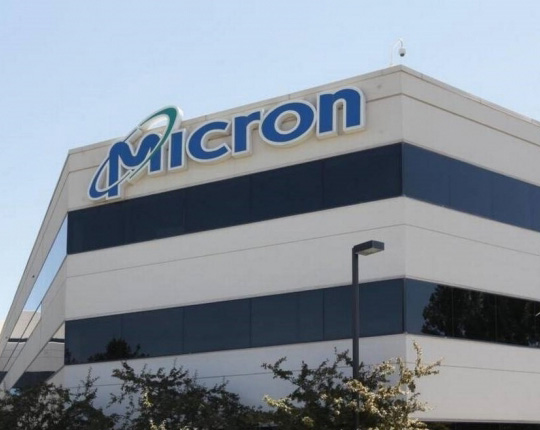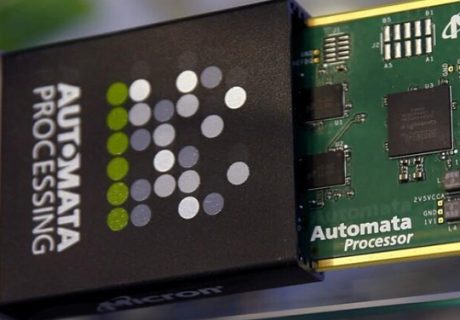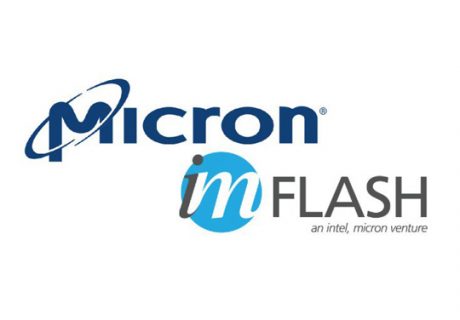DRAM supply and demand is so volatile that memory production, prices and availability are often measured separately from other semiconductor products. The electronics industry is currently in the midst of shortages of many critical components. An injunction, which has halted U.S.memory manufacturer Micron Technology from producing certain DRAM and SSD products in China, may press an already squeezed supply chain.
The ruling, issued last week by the Fuzhou Intermediate People’s Court in China’s Fujian Province in response to a patent infringement suit filed by Taiwanese foundry UMC, forced Micron to halt sales of Crucial and Ballistix-branded DRAM modules and SSDs and cease operations at its test and assembly facility in China’s Xi’an high-tech zone.
Micron maintains that its products do not infringe on the UMC patents. The company maintains that the patent infringement claims were filed by UMC and its Chinese subsidiary, Fujian Jinhua Integrated Circuit Co., in retaliation for accusations by Micron that UMC misappropriated Micron trade secrets, which resulted in a civil lawsuit filed by Micron in U.S. District Court and criminal indictments against UMC and three of its employees brought by Taiwanese authorities.
Micron plans to appeal the preliminary injunction and said it would comply with the ruling while requesting that the Fuzhou Court reconsider or stay its decision.
Micron is also a major manufacturer of NAND products, which currently are in a price decline. Semiconductor industry analysts have expressed concern that plans for NAND capacity expansion will further drive down prices. “Historical precedent in the memory market shows that too much spending usually leads to overcapacity and subsequent pricing weakness,” research firm IC Insights recently wrote.
“Micron believes that the industry capex needed to increase NAND flash bit volume production by 40 percent more than doubled from $9 billion in 2015 to $22 billion only two years later in 2017,” IC Insights continued. “This tremendous surge in required capital was driven by the move to 3D NAND from planar NAND since 3D NAND requires much more fab equipment and additional cleanroom space to process the additional layers of the device as compared to planar NAND.”
Most of the five major NAND flash suppliers have stated that they believe that NAND bit volume demand growth will average about 40 percent per year over the next few years, according to IC Insights. The capex needed to support a 40 percent increase in NAND bit volume shipments was exceeded by 27 percent last year and is forecast to exceed the amount needed by another 41 percent this year.” As a result, it is no surprise that NAND flash prices have already softened in early 2018. Moreover, the pace of the softening is expected to pick up in the second half of this year and continue into 2019,” the firm said.
At the same time, IC Insights forecasts that China-headquartered companies will spend $11.0 billion in semiconductor industry capex in 2018, which would represent 10.6 percent of the expected worldwide outlays of $103.5 billion. Not only would this amount be 5x what the Chinese companies spent only three years earlier in 2015, but it would also exceed the combined semiconductor industry capital spending of Japan- and Europe-headquartered companies this year, IC Insights reported.
Declining memory prices will be a bright spot for buyers in an otherwise constrained and pricey electronic components market. But Micron expects its business–and its downstream partners– will be negatively impacted by China’s action. Research firm DRAMeXchange said China is expected to consume about 26 percent of Micron’s DRAM bit output in 2018 and about 20 percent of Micron’s NAND bit output. Micron said that China’s injunction may reduce its sales for the current quarter by about 1 percent. The company said it still expects sales to between $8 billion and $8.4 billion, the guidance range the company has given previously.



















